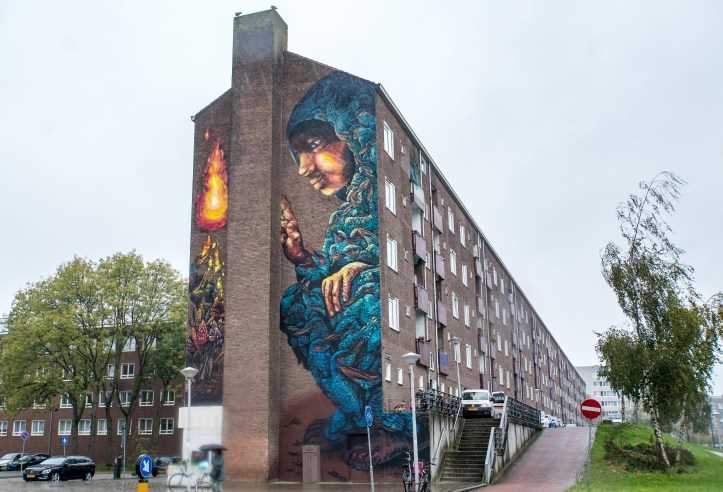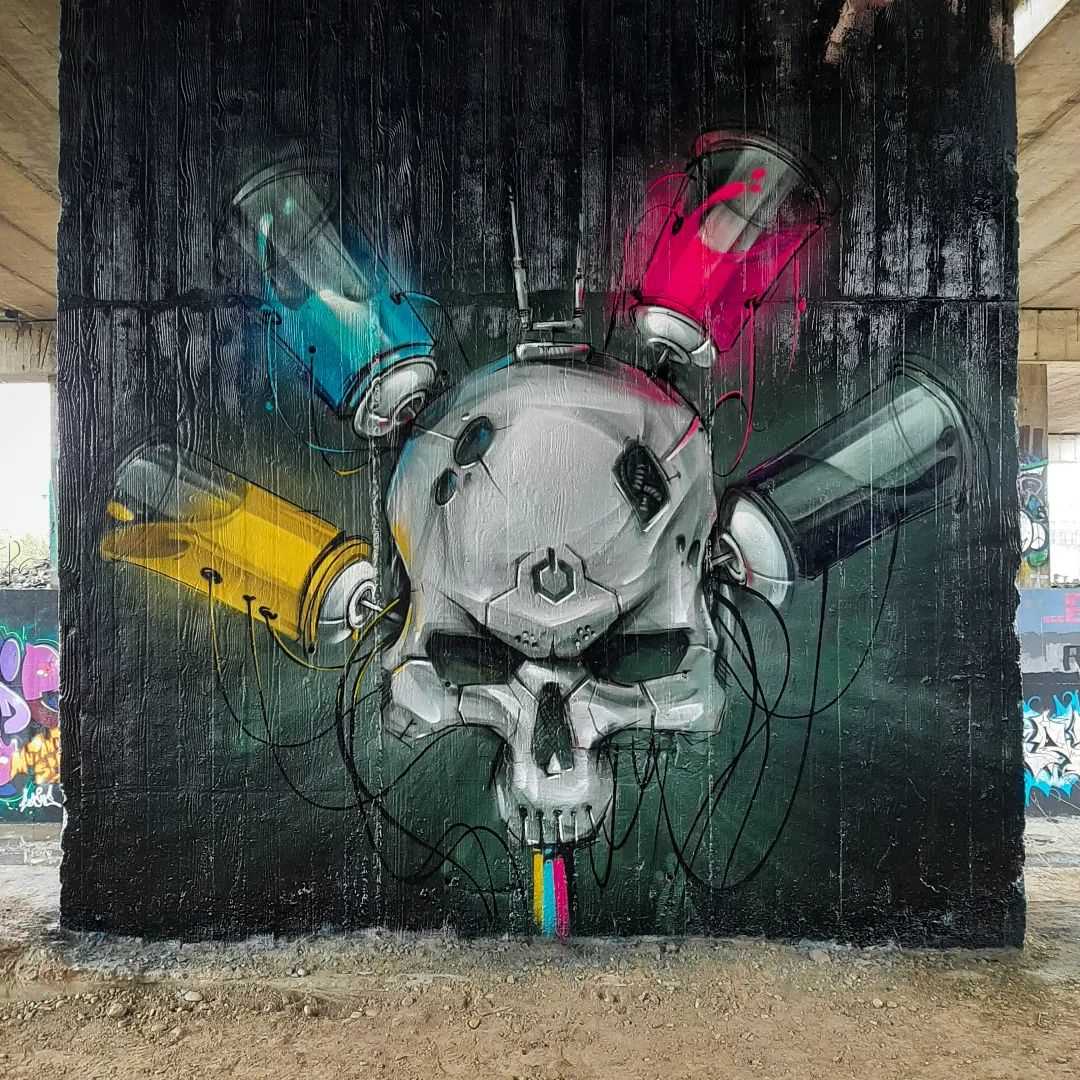Amsterdam, the capital city of the Netherlands, is widely renowned for its vibrant and diverse street art scene. Walking through the city, one can’t help but be captivated by the colorful murals, stencils, and graffiti that adorn the walls. The streets of Amsterdam have become an open-air canvas for artists from around the world, who use the city as a platform for self-expression and social commentary.
Street art has a long and rich history in Amsterdam. It emerged in the 1970s as a form of protest and rebellion against the establishment. Artists began to express their dissatisfaction with societal norms and political issues through their artwork, often using the walls of the city as their medium. Over the years, street art in Amsterdam has evolved into a cultural phenomenon, attracting both local and international artists.
One of the most iconic street art neighborhoods in Amsterdam is the Jordaan. This bohemian area is known for its narrow streets and picturesque canals, which provide the perfect backdrop for urban art. Here, visitors can admire the works of famous street artists like Banksy, who have left their mark on the city. The Jordaan has become a must-see destination for art enthusiasts and tourists alike, who flock to the area to experience the vibrant energy of Amsterdam’s street art culture.
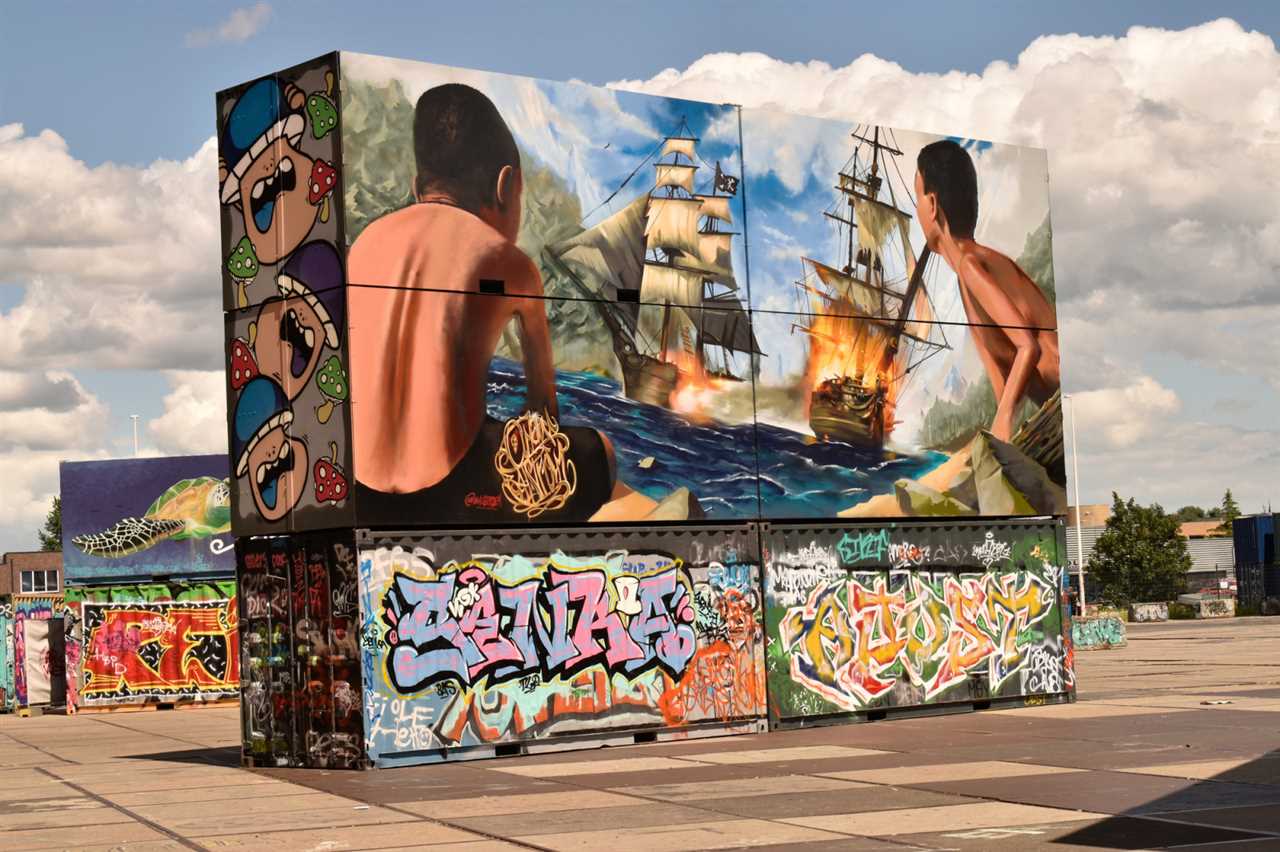
Street art in Amsterdam has a rich and vibrant history that has evolved over the years. From its humble beginnings as a form of expression for marginalized communities, it has now become an integral part of the city’s urban landscape.
The Early Years
In the 1970s, Amsterdam saw the emergence of the first graffiti artists who began expressing themselves on the city’s walls, trains, and buildings. This form of art was initially seen as a nuisance and was often associated with vandalism.
However, as time went on, the perception of street art started to change. Organizations and artists began to realize its potential as a powerful medium for social and political commentary. What was once considered illegal began to be viewed as a legitimate form of artistic expression.
Government Support
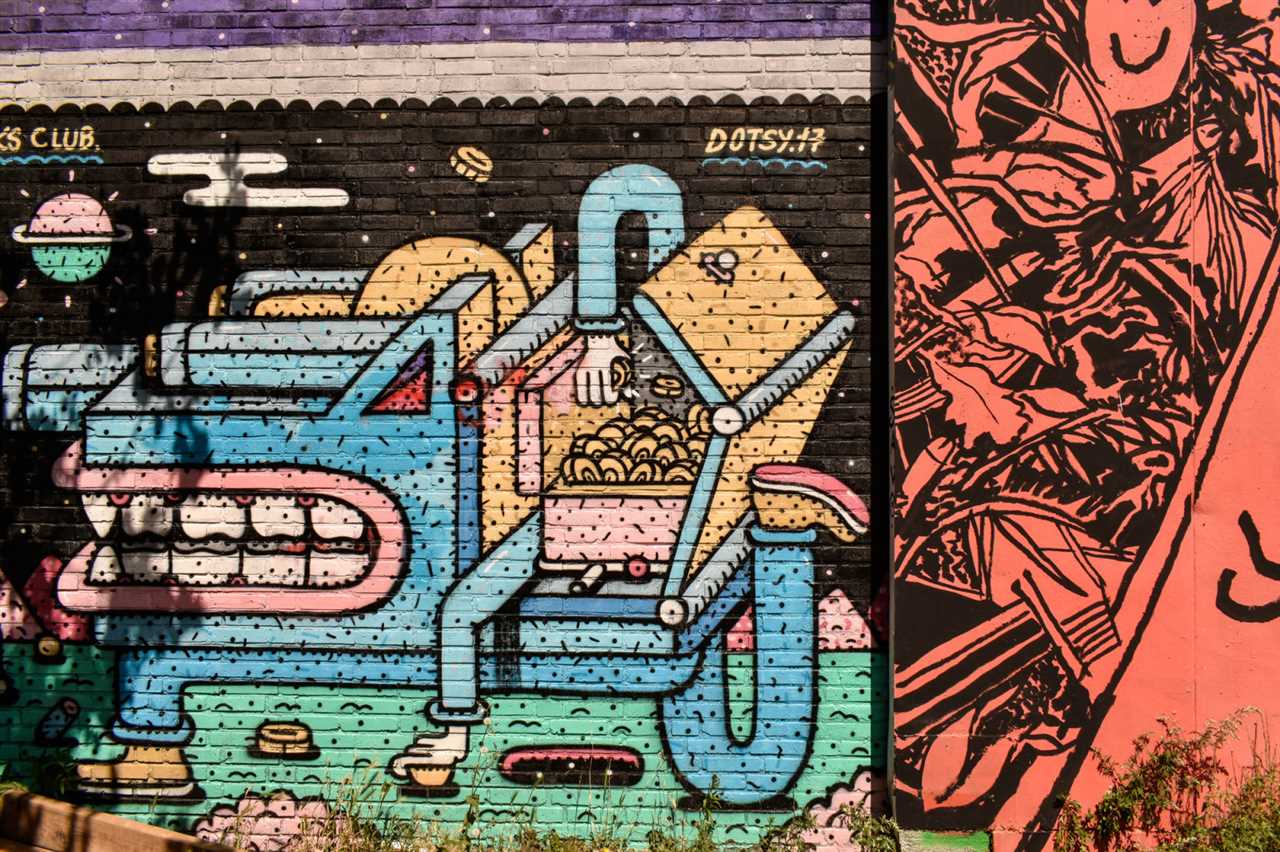
In the late 1990s, the Amsterdam city government started to recognize the cultural and artistic value of street art. They began commissioning artists to create murals and artworks in public spaces, transforming previously dull and uninteresting areas into vibrant and visually stimulating environments.
This support from the government played a crucial role in elevating street art to a respected art form in the city. It gave artists the opportunity to showcase their talent on a larger scale and allowed them to express themselves freely without fear of prosecution.
Diversity and Innovation
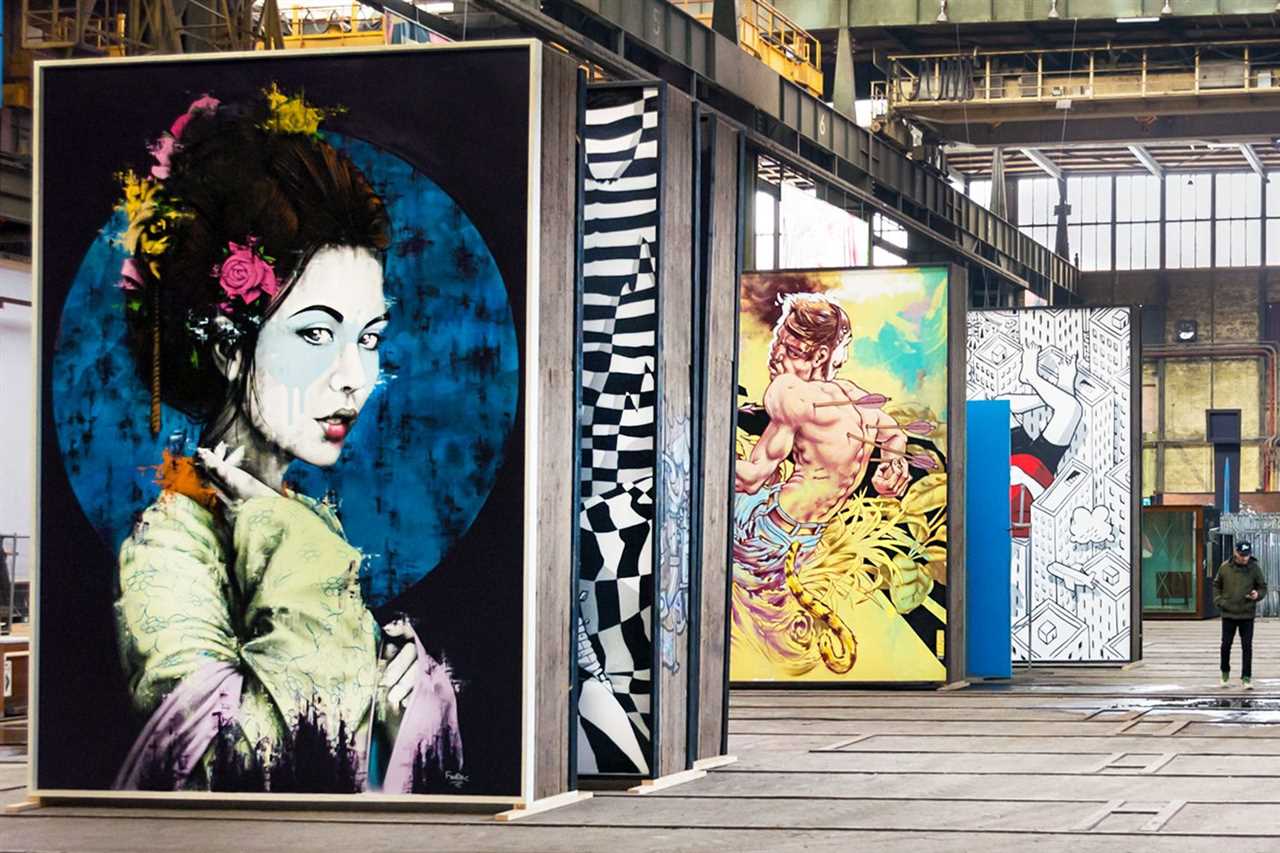
Amsterdam has always been known for its diversity and openness, and this is reflected in its street art scene. Artists from various backgrounds and cultures have contributed to the vibrant mix of styles and techniques that can be found throughout the city.
Today, street art in Amsterdam is not limited to graffiti and murals. It has evolved to include other forms such as stencils, installations, and interactive pieces. Artists are constantly pushing the boundaries of what is possible and using innovative methods to engage with the public.
| Year | Key Events |
|---|---|
| 1970s | Emergence of graffiti artists in Amsterdam |
| Late 1990s | Government support for street art |
Overall, the history of street art in Amsterdam is one of evolution and acceptance. What was once seen as a form of vandalism has now become a respected and celebrated art form that contributes to the city’s vibrant cultural scene.
Evolution of Street Art in the City
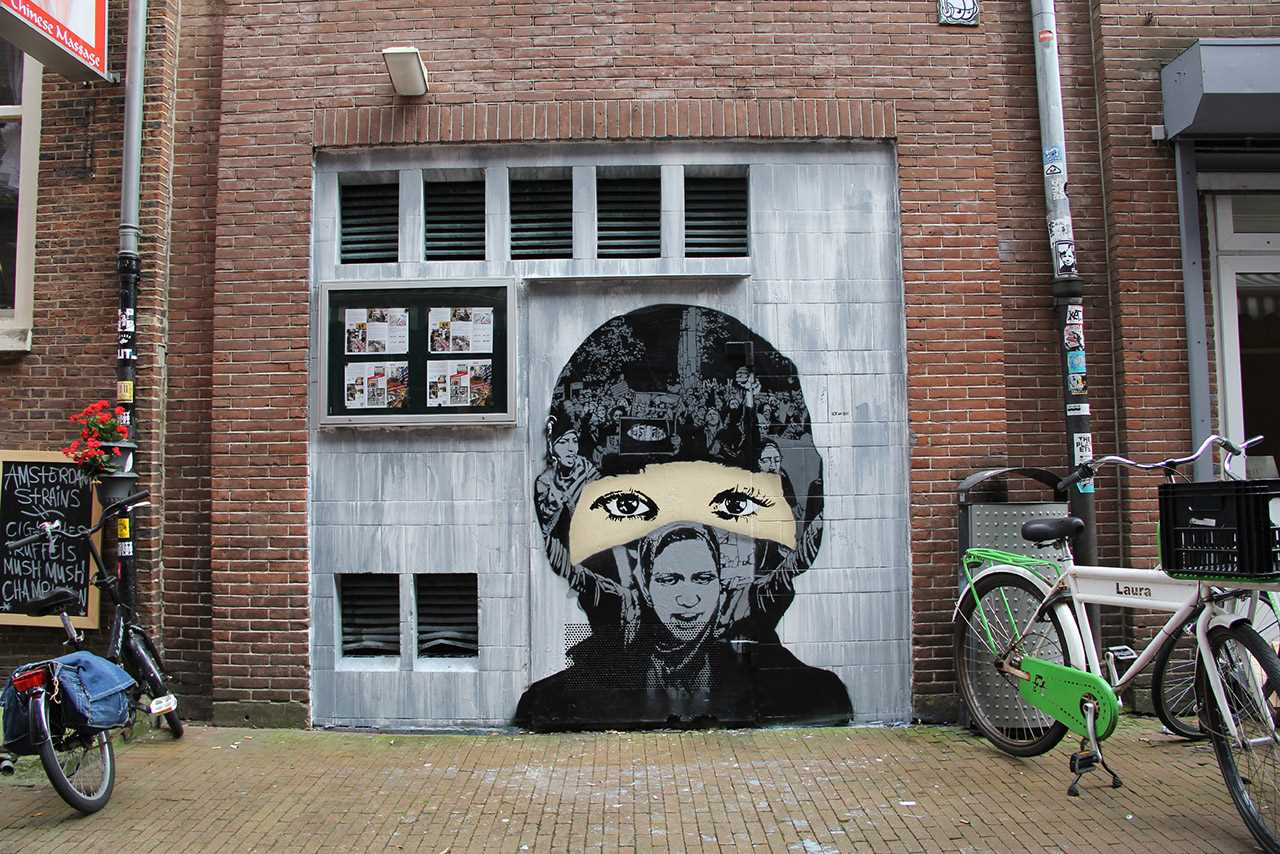
Street art in Amsterdam has come a long way over the years. What was once considered graffiti and vandalism is now widely recognized as a legitimate form of art and expression. The city has seen a rapid evolution in the way street art is created and appreciated.
In the early days, street art in Amsterdam primarily consisted of simple tags and throw-ups. These were often created by local graffiti writers looking to make their mark on the city. However, as time went on, street artists started to experiment with different styles and techniques.
Today, Amsterdam is home to a diverse range of street art. From large-scale murals to intricate stencil work, the city provides a canvas for artists to express themselves in a public space. The evolution of street art has also been driven by advancements in technology, with artists now using apps and digital tools to create their work.
One of the most significant changes in street art in Amsterdam has been the shift in public perception. What was once seen as an act of rebellion is now celebrated as an important part of the city’s cultural landscape. Street art tours are popular among locals and tourists alike, with people eager to learn about the artists behind the murals and the stories they tell.
The city of Amsterdam has also played a role in the evolution of street art. The municipality has created designated areas where artists can legally create their work, providing them with a space to showcase their talent. This has helped to reduce illegal graffiti and foster a more positive relationship between street artists and the city.
| Early Street Art | Contemporary Street Art |
|---|---|
| Simple tags and throw-ups | Large-scale murals and intricate stencil work |
| Local graffiti writers | Diverse range of artists |
| Act of rebellion | Celebrated as cultural expression |
| Limited legal spaces | Designated areas for artists to create legally |
The Role of Street Art in Urban Culture
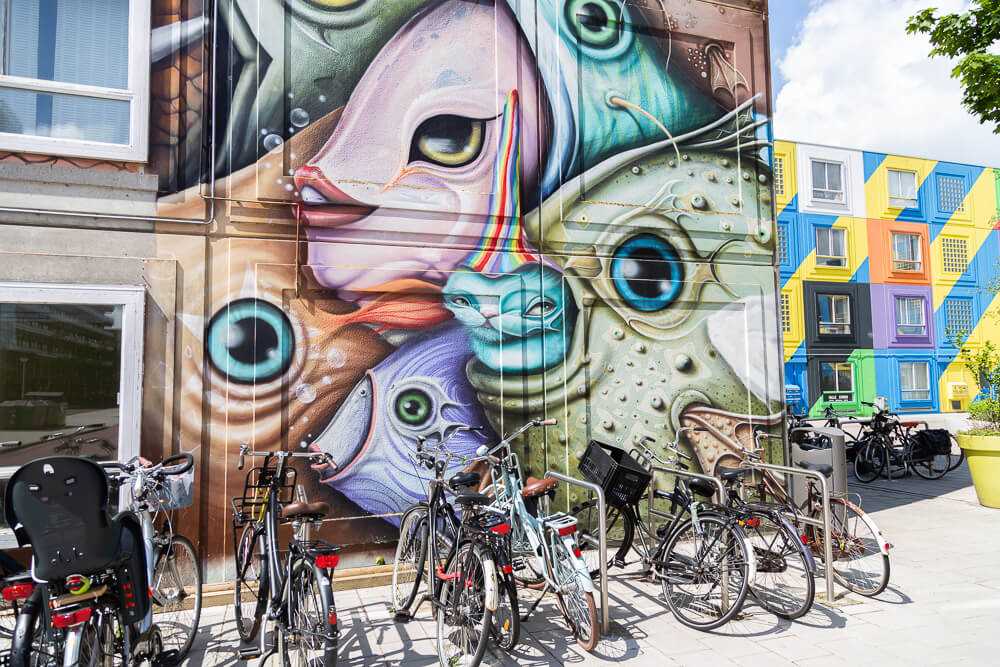
Street art plays a significant role in shaping and defining urban culture. It is a powerful form of expression that transcends traditional boundaries and reaches a diverse range of people. By transforming public spaces, street art adds vibrancy and meaning to the urban environment, bringing art directly to the people.
Street art serves as a platform for social and political commentary. Artists use their work to raise awareness about various issues and challenge the status quo. Whether it’s addressing inequality, environmental concerns, or advocating for human rights, street art provokes thought and encourages dialogue among the community.
Moreover, street art has the ability to unite and empower communities. It is often created collaboratively, involving local artists and residents. Through participatory projects, street art fosters a sense of ownership and pride within the community. It transforms neglected areas into vibrant and culturally significant spaces, revitalizing neighborhoods and creating a sense of belonging.
Street art also challenges the traditional notion of art and its exclusivity. By taking art out of galleries and museums, it becomes accessible to everyone, regardless of their background or socioeconomic status. Street art democratizes art, allowing people to engage with it on their own terms and fostering a more inclusive and diverse artistic landscape.
Influence of Amsterdam’s Urban Environment on Street Art
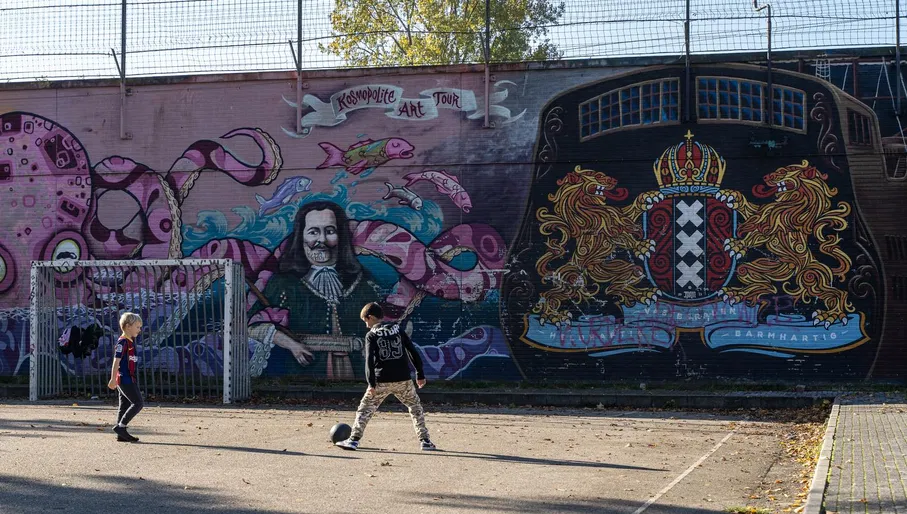
Amsterdam’s unique urban environment has had a significant influence on the street art found throughout the city. The city’s rich history, vibrant culture, and progressive mindset have all contributed to the development and evolution of street art in Amsterdam.
Historical Significance
Amsterdam’s historical significance as a major port city has shaped its urban environment and provided a backdrop for street artists to draw inspiration from. The city’s canals, bridges, and iconic architecture have been depicted in countless street art pieces, showcasing a deep connection to the city’s past.
Cultural Expression
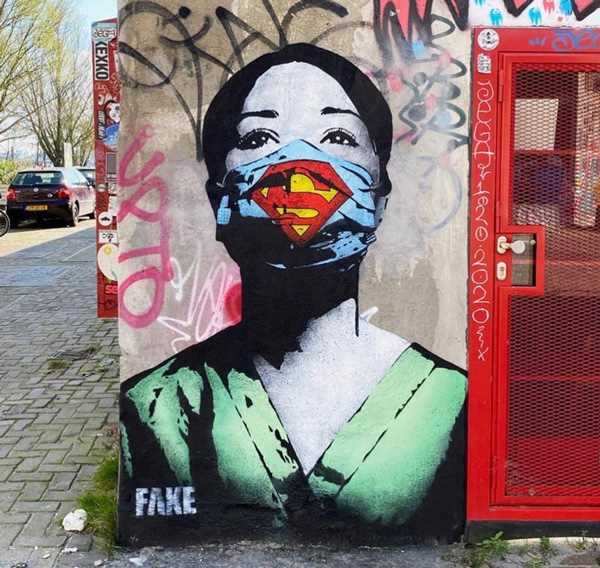
Amsterdam’s diverse and inclusive culture has played a pivotal role in the development of street art. The city is known for its embrace of artistic expression and its support of alternative forms of creativity. Street artists in Amsterdam are given the freedom to explore their ideas and create thought-provoking pieces that reflect the city’s vibrant culture.
This environment of cultural expression has led to a wide range of styles and techniques being developed and showcased on Amsterdam’s streets. From elaborate murals to stencil art and graffiti tags, the variety of street art in Amsterdam is a testament to the city’s open-mindedness and acceptance of different artistic approaches.
Amsterdam’s liberal mindset and progressive values have also influenced the themes and messages conveyed through street art. Many artists use their work to address social and political issues, promoting activism and sparking conversations within the community.
Styles and Techniques of Amsterdam Street Art
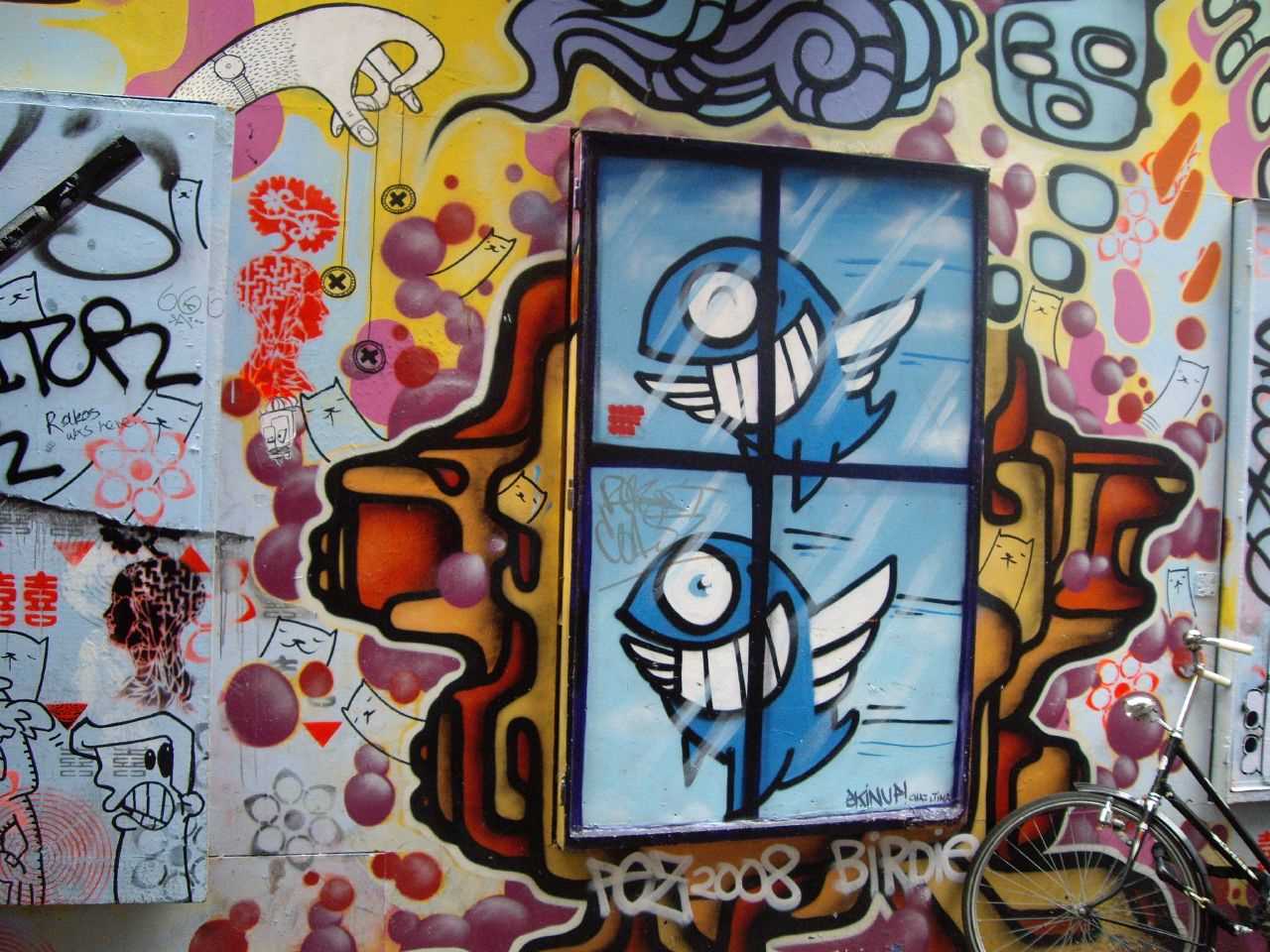
Amsterdam street art is known for its diverse and vibrant styles, with artists using a variety of techniques to express their creativity. Here are some of the most popular styles and techniques you can find in Amsterdam’s urban art scene:
- Graffiti: Graffiti is one of the most common styles found in Amsterdam street art. Artists use spray paint to create vibrant and colorful murals on buildings, walls, and bridges. Graffiti can range from simple tags and lettering to complex and intricate designs.
- Stencil art: Stencil art involves using a stencil to create a design or image. Artists spray paint or use brushes to fill in the stencil, resulting in a bold and defined image. Stencil art is popular in Amsterdam due to its ability to quickly create detailed and visually striking pieces.
- Wheatpasting: Wheatpasting is a technique where artists create artwork on paper or other materials and then paste them onto walls or other surfaces using a mix of wheat flour and water as adhesive. This technique allows artists to easily apply their artwork and is commonly used for posters or larger-scale pieces.
- Mosaic art: Mosaic art involves creating images or patterns using small pieces of colored glass or ceramic tiles. Artists in Amsterdam use this technique to create unique and visually stunning murals on walls and other surfaces. Mosaic art adds texture and depth to Amsterdam’s street art scene.
- Sticker art: Sticker art involves creating designs or images on adhesive stickers and then sticking them onto walls, lampposts, or other surfaces. Sticker art is often used to convey political or social messages and is easily accessible to artists of all skill levels. Amsterdam’s street art scene is filled with colorful and thought-provoking sticker art pieces.
These are just a few of the many styles and techniques you can find in Amsterdam’s street art scene. The diversity and creativity of Amsterdam’s urban artists make the city a vibrant and exciting destination for art lovers and enthusiasts.
Famous Amsterdam Street Artists and Their Works
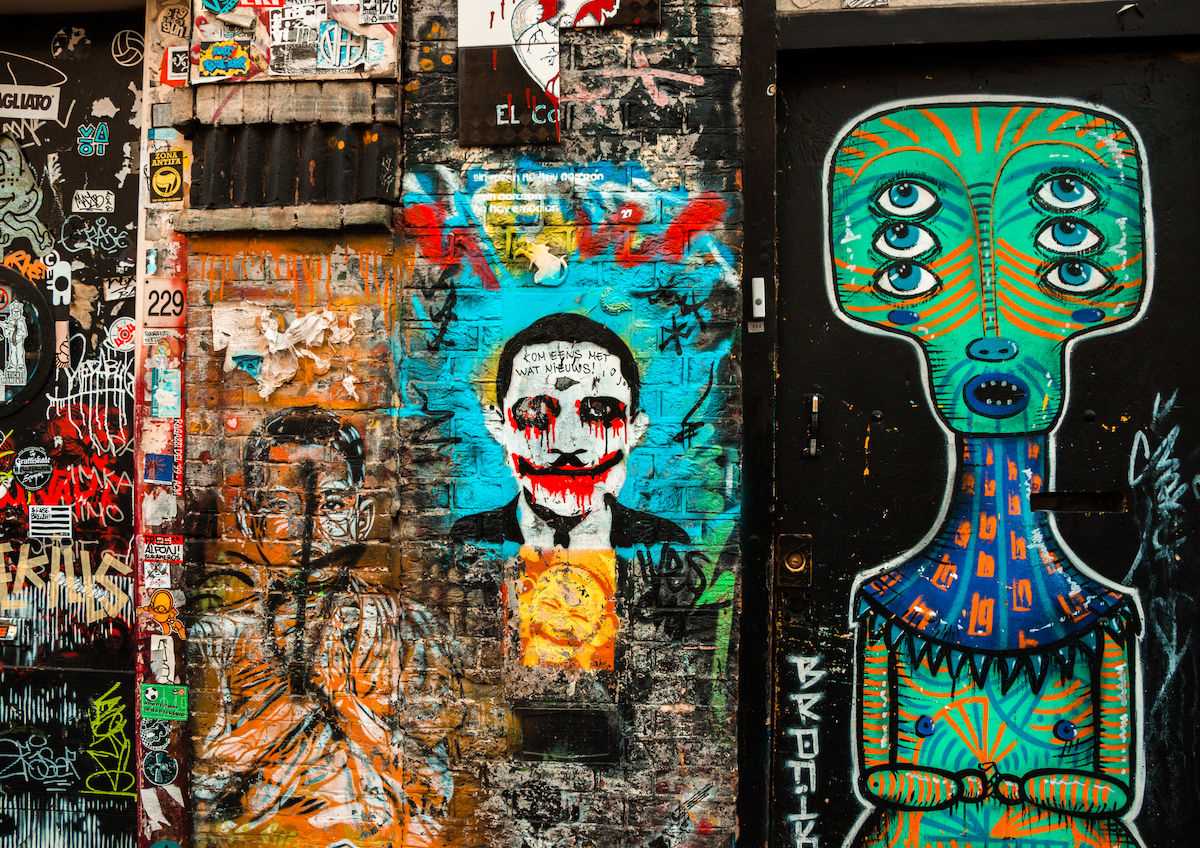
1. Banksy
Banksy, the elusive street artist from the UK, has left his mark on several Amsterdam streets. One of his famous works is “Girl with a Balloon” located in the Jordaan district. It depicts a girl reaching out for a red heart-shaped balloon.
2. Laser 3.14
Laser 3.14 is a pseudonymous street artist known for his poetic graffiti. His works often feature thought-provoking messages. One of his iconic pieces is “I Promise to Love You” found in the city center, showcasing his unique style.
3. The London Police
The London Police, a street art duo from the UK, is known for their distinctive cartoon-like characters. Their work can be found all over Amsterdam, with one of their notable pieces being “The Guardian Angels” in the Pijp area.
4. Eelco van den Berg
Eelco van den Berg is a local Amsterdam artist known for his colorful and playful style. His work often features animals and imaginative characters. One of his well-known works is “The Whale” mural in the Westerpark area.
5. Hugo Kaagman
These are just a few examples of the many talented street artists who have contributed to Amsterdam’s urban culture and expression. Exploring the streets of Amsterdam is like visiting an ever-evolving art gallery, where each artist brings their unique vision to life.
Street Art as a Form of Political and Social Expression
Street art has long served as a powerful and accessible form of political and social expression. From colorful murals to thought-provoking graffiti, street artists have used the walls of Amsterdam to convey their messages and views on various issues.
The Power of Street Art
Street art has the ability to go beyond traditional methods of communication and reach a wider audience. It is a form of art that breaks free from the constraints of galleries and museums, allowing artists to make their voices heard in the public space.
Through vibrant colors, bold imagery, and powerful slogans, street artists can convey complex ideas and emotions in a visually striking manner. They can address political and social issues, challenge the status quo, and spark conversations among passersby.
Political and Social Commentary
Amsterdam’s street art scene is known for its political and social commentary. Artists often use their work to address issues such as inequality, human rights, and environmental concerns. They highlight the struggles and injustices faced by marginalized communities, and shed light on topics that may be overlooked by mainstream media.
By displaying their art in public spaces, street artists aim to provoke thought and inspire change. They aim to create a sense of solidarity and raise awareness about pressing issues in society.
Street art has the power to challenge the status quo and act as a catalyst for social and political change. It encourages viewers to question their surroundings, engage in dialogue, and consider different perspectives.
It is important to recognize the significance of street art as a form of political and social expression. It provides a platform for artists to share their opinions, contribute to public discourse, and leave a lasting impact on the community.
Street Art Tours in Amsterdam
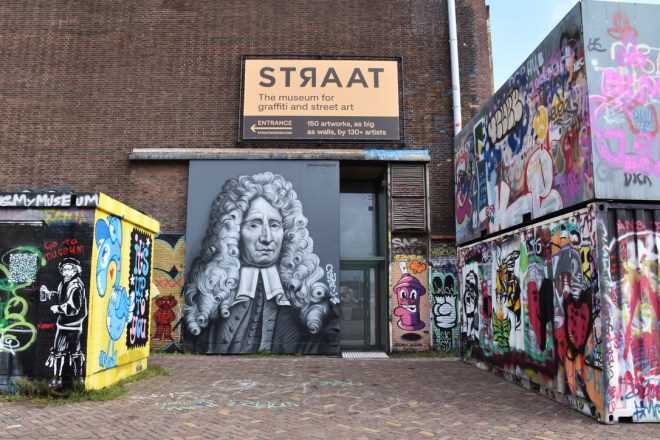
Exploring the vibrant street art scene in Amsterdam is an essential part of immersing yourself in the city’s urban culture and expression. Each neighborhood in Amsterdam has its own unique style of street art, and taking a street art tour is the perfect way to discover and appreciate the incredible talent and creativity in the city.
There are several tour companies in Amsterdam that offer guided street art tours, led by knowledgeable and passionate guides who are deeply knowledgeable about the local street art scene. These tours provide a fascinating insight into the history, techniques, and stories behind the city’s street art.
During a street art tour in Amsterdam, you will have the opportunity to visit some of the most famous street art locations, such as the NDSM Wharf, Overtoom, and the Jordaan district. You will learn about Amsterdam’s street art pioneers and renowned artists, including the likes of Erosie, The London Police, and Laser 3.14.
As you explore the streets of Amsterdam, your guide will point out hidden gems, large-scale murals, and stunning graffiti pieces. They will explain the cultural and political significance of the art, as well as the various techniques and styles used by the artists.
One of the highlights of a street art tour in Amsterdam is the opportunity to see the art being created in real-time. Many street art tours include visits to active street art studios, where you can witness artists at work and gain an understanding of their creative process.
Whether you are an art enthusiast or simply curious about the urban culture of Amsterdam, a street art tour is an eye-opening and enriching experience. It allows you to delve into the hidden stories and meanings behind the city’s street art, while gaining a deeper appreciation for the art form and its impact on the local community.
So, next time you find yourself in Amsterdam, be sure to join a street art tour and immerse yourself in the vibrant and ever-evolving world of Amsterdam’s street art scene.
Appreciating and Preserving Amsterdam Street Art
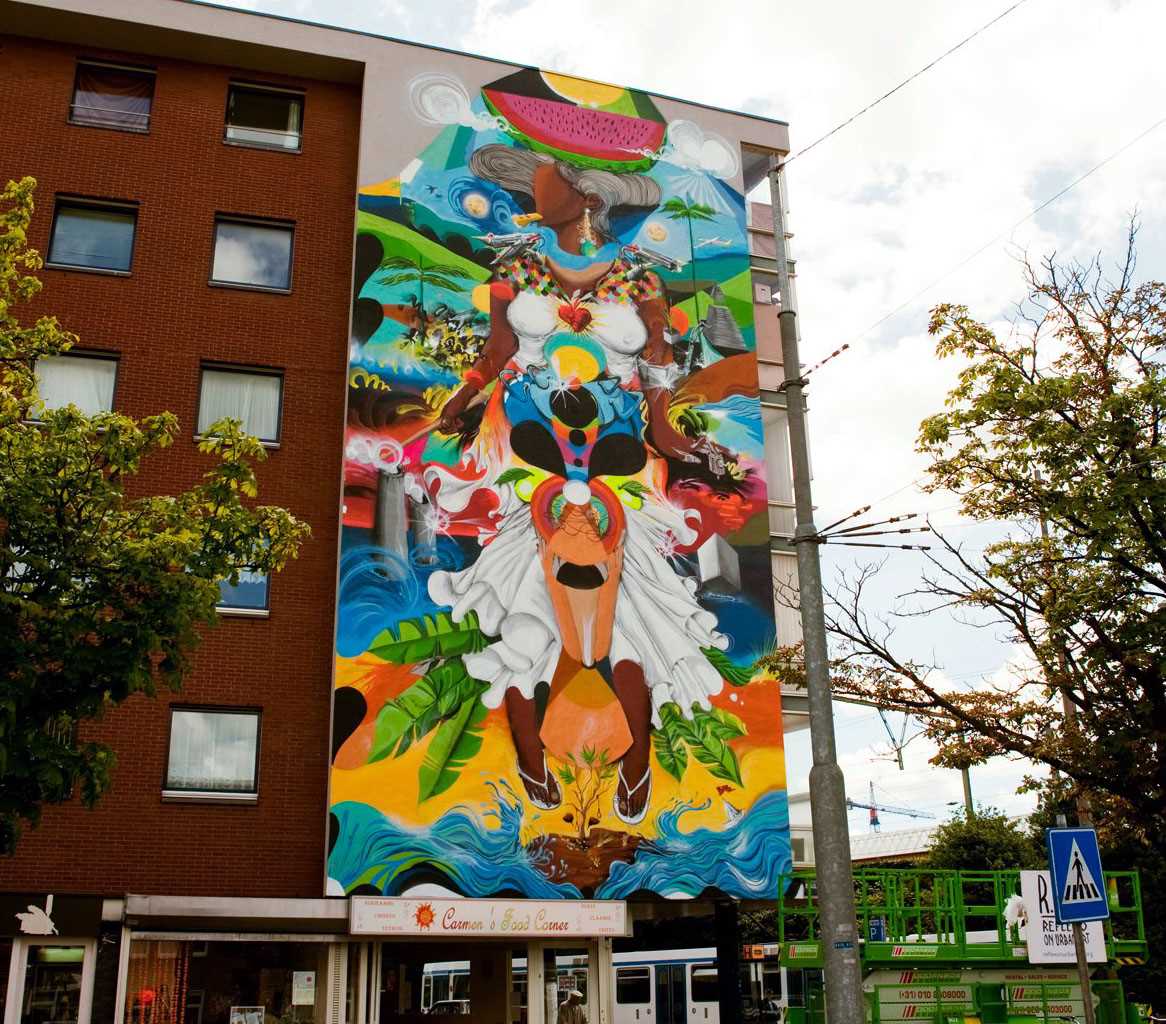
Amsterdam is a city known for its vibrant street art scene. From colorful murals to detailed stencils, the city’s streets are filled with creative expressions of art and culture.
Appreciating Amsterdam street art is not just about admiring the visual aesthetics, but also recognizing the messages and stories behind the artwork. Each piece often reflects the artist’s perspective on social and political issues, as well as the unique character of the city itself.
The local government and various organizations play a crucial role in preserving Amsterdam street art. They actively support and collaborate with artists to create legal spaces such as designated graffiti walls and public art projects. This not only allows artists to express themselves freely but also helps prevent illegal graffiti and vandalism on private and historical buildings.
Preserving Amsterdam street art also involves protecting the artwork from weather damage and graffiti tags. Some organizations and art conservationists use specialized techniques to apply protective coatings to the murals, ensuring their longevity. Regular maintenance and restoration efforts help to maintain the quality and appearance of the street art, allowing future generations to appreciate and enjoy these unique pieces of urban culture.
Overall, appreciating and preserving Amsterdam street art is a collaborative effort that requires the support of the community, local government, and art enthusiasts. By respecting the artists’ work and actively engaging with the artwork, we can ensure that the vibrant and dynamic street art scene of Amsterdam continues to thrive and inspire for years to come.

I am a mural enthusiast and a fervent admirer of street art. Rather than creating murals myself, I am passionate about collecting them. My love for street art knows no bounds. I am dedicated to curating and cherishing these artworks that grace the streets. My collection stands as a testament to my profound appreciation for this form of artistic expression.
read about me

